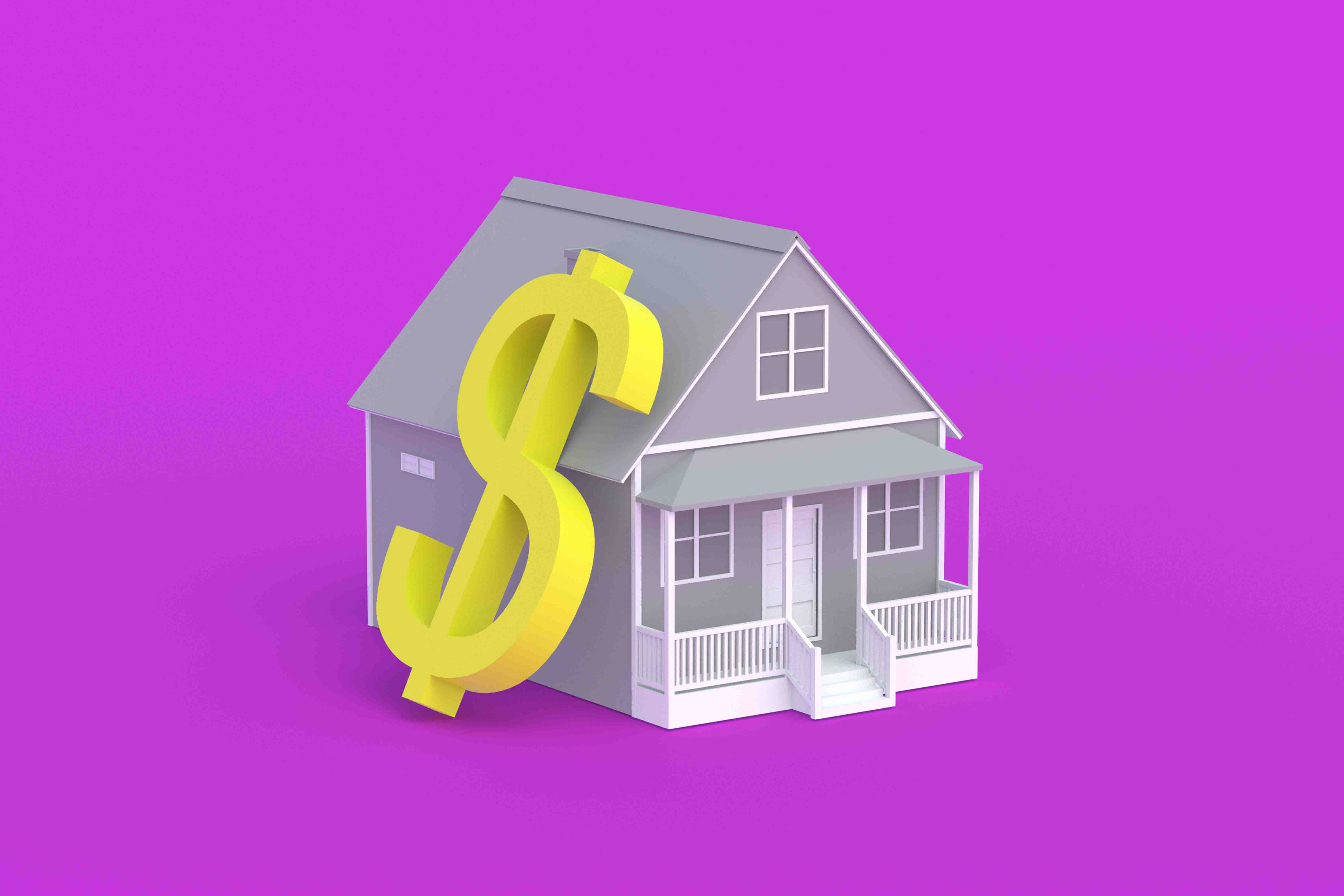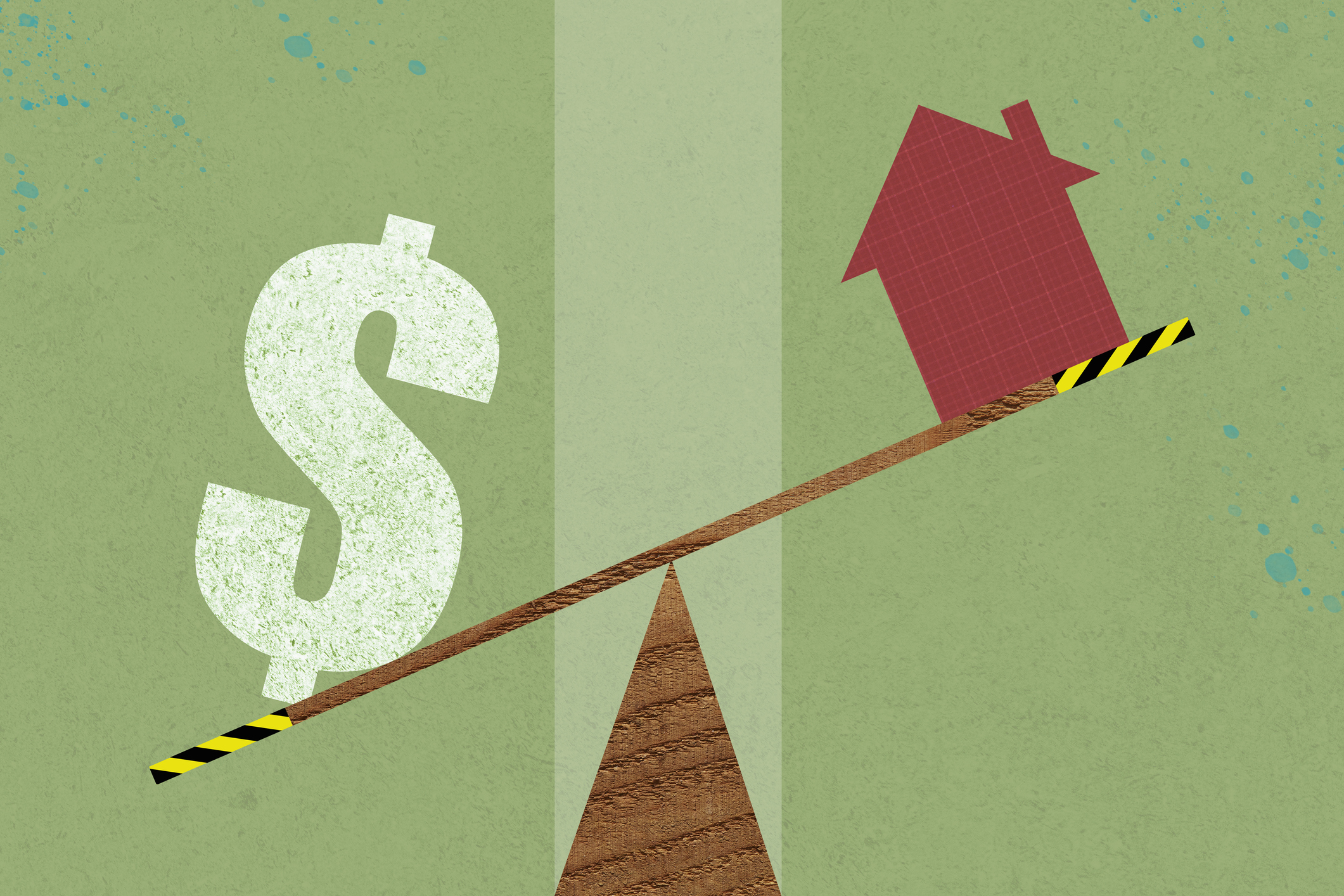Mortgage Rates and Payments Keep Rising, Creating Market Misery
Current mortgage rates continue to rise and record payment rates combine to create a glum market.


Since September of 2023, the Federal Reserve has held the federal funds rate, a key overnight bank lending rate, at unchanged levels. Previously, there were 11 rate hikes that began in March 2022 in an attempt to combat inflation, which has caused consumers to face higher commercial interest rates, especially mortgage rates. But good news for borrowers — interest rate cuts are expected for later this year.
Although mortgage rates are largely dependent on the 10-year Treasury yield and not the federal funds rate, they've started to come down. According to Freddie Mac, as of March 20, the most recently available data, the average 30-year mortgage rate was 6.74%. There have been declines totaling almost a quarter of a percentage point over the last two weeks. Despite the recent dip, mortgage rates remain high.
However, as many expected, the Federal Reserve held interest rates steady at the latest meeting in March, following four previous rate pauses. This means that the federal funds rate will remain the same, at a target range of 5.25% to 5.5%. And the Fed is still expected to cut rates later this year.
From just $107.88 $24.99 for Kiplinger Personal Finance
Become a smarter, better informed investor. Subscribe from just $107.88 $24.99, plus get up to 4 Special Issues

Sign up for Kiplinger’s Free Newsletters
Profit and prosper with the best of expert advice on investing, taxes, retirement, personal finance and more - straight to your e-mail.
Profit and prosper with the best of expert advice - straight to your e-mail.
“Recent statements from top Fed officials that inflation is inching closer to the Fed’s 2% target level likely means that further interest rate increases will remain on hold for now. This also supports the growing expectations that the Fed will begin lowering interest rates at some point in 2024, though the timing remains uncertain," says Michele Raneri, vice president of U.S. research and consulting at TransUnion. "The prospect of future rate reductions is particularly important at a time when US consumers continue to take on historically high levels of debt, particularly on credit cards, as lower interest rates may allow for some of them to refinance that debt and put more money in their pockets."
Along with food, energy and real estate prices remaining high, home ownership can feel extremely challenging at the moment. As a result, many first-time buyers are backing out of the market altogether. For current homeowners, a survey from Redfin reveals that in March, mortgage payments hit the highest they've ever been. The results showed the typical homeowner paying $2,563 on mortgage payments, 29% higher than they'd have paid in 2022.
Not surprisingly, the latest Home Purchase Sentiment report from Fannie Mae shows that a decline of 3.6 points saying "the decline was partly driven by a substantial decrease in consumers’ sense of home-selling conditions."
How to get the lowest rate
Follow these tips to shop for low mortgage rates.
- Increase down payment: The bigger the down payment you make on a house, the better your rate. To qualify for the lowest rates you’ll likely need a 20% down payment.
- Raise credit score: The most important factor in determining your mortgage rate is your credit score. The higher your score, the less risk you pose to lenders, so it’s important to raise your credit score as much as possible before applying for a mortgage. Typically, you’ll need to have a FICO score of 760 or higher in order to be eligible for the lowest rates.
- Consider an adjustable-rate mortgage: An adjustable-rate mortgage (ARM) starts out with rates lower than those you’d get with a fixed-rate mortgage. After a certain time period, the rates will adjust based on market indexes. If you know you will be selling your home in the future, this could be a good option to save on interest.
- Shop around: It’s important to get multiple quotes before applying for a mortgage, and you can often find lower mortgage rates from local lenders and credit unions. Try a mortgage comparison tool to find the best rates for you.
Related Content
Profit and prosper with the best of Kiplinger's advice on investing, taxes, retirement, personal finance and much more. Delivered daily. Enter your email in the box and click Sign Me Up.

Erin pairs personal experience with research and is passionate about sharing personal finance advice with others. Previously, she was a freelancer focusing on the credit card side of finance, but has branched out since then to cover other aspects of personal finance. Erin is well-versed in traditional media with reporting, interviewing and research, as well as using graphic design and video and audio storytelling to share with her readers.
-
 My Retirement Learning Curve, 1 Year In
My Retirement Learning Curve, 1 Year InA retiree checks in with what they wish they knew early on and what they've changed about their plan one year in.
-
 Introducing Your CD's Edgier Cousin: The Market-Linked CD
Introducing Your CD's Edgier Cousin: The Market-Linked CDTraditional CDs are a safe option for savers, but they don't always beat inflation. Should you try their counterparts, market-linked CDs, for better returns?
-
 'Humbug!' Say Consumers, Despite Hot GDP: Stock Market Today
'Humbug!' Say Consumers, Despite Hot GDP: Stock Market Today"The stock market is not the economy," they say, but both things are up. Yet one survey says people are still feeling down in the middle of this complex season.
-
 The November CPI Report Is Out. Here's What It Means for Rising Prices
The November CPI Report Is Out. Here's What It Means for Rising PricesThe November CPI report came in lighter than expected, but the delayed data give an incomplete picture of inflation, say economists.
-
 How Much Income You Really Need to Afford a $500,000 Home
How Much Income You Really Need to Afford a $500,000 HomeAs home prices increase, the income needed for a house is also climbing. We break down what you need to earn to afford a $500,000 home.
-
 How Much Would a $50,000 HELOC Cost Per Month?
How Much Would a $50,000 HELOC Cost Per Month?Thinking about tapping your home’s equity? Here’s what a $50,000 HELOC might cost you each month based on current rates.
-
 Should You Tap Your Home Equity Before 2026?
Should You Tap Your Home Equity Before 2026?As borrowing rates and tax law shifts converge, here's what homeowners need to know before pulling equity out of their home.
-
 Could Tax Savings Make a 50-Year Mortgage Worth It?
Could Tax Savings Make a 50-Year Mortgage Worth It?Buying a Home The 50-year mortgage proposal by Trump aims to address the housing affordability crisis with lower monthly mortgage payments. But what does that mean for your taxes?
-
 What to Know About Portable Mortgages
What to Know About Portable MortgagesA closer look at how portable mortgages would work, who might benefit and why the concept is gaining attention amid high rates and limited supply.
-
 A New Kind of HELOC Lets Homeowners Fund Remodels on Their Terms
A New Kind of HELOC Lets Homeowners Fund Remodels on Their TermsFinance home upgrades gradually, using the equity you already have.
-
 Selling a Haunted House? What You Have to Tell Buyers (and What You Don’t)
Selling a Haunted House? What You Have to Tell Buyers (and What You Don’t)You don’t need ghosts to spook buyers, sometimes a home’s past is enough. Here’s what sellers should know about disclosure laws, pricing and perception when a property has a haunted history.